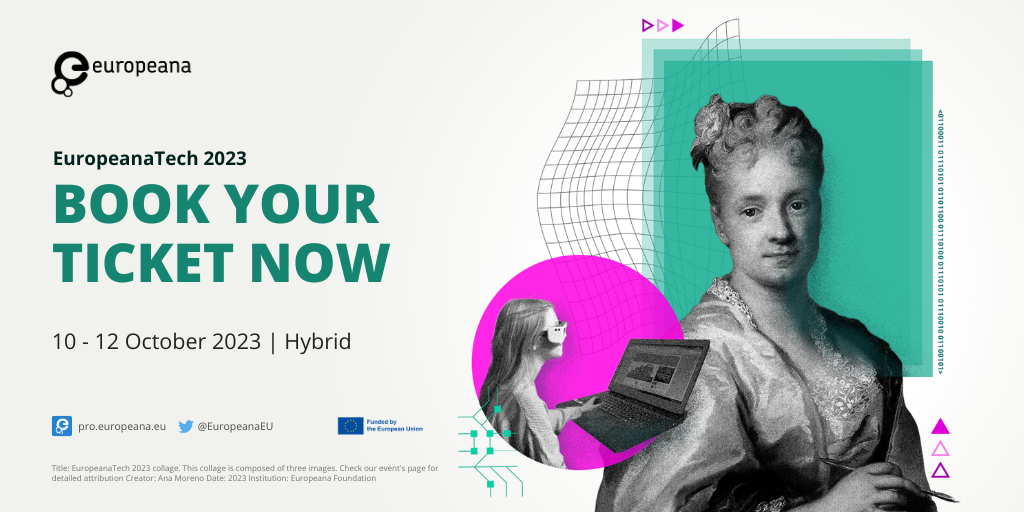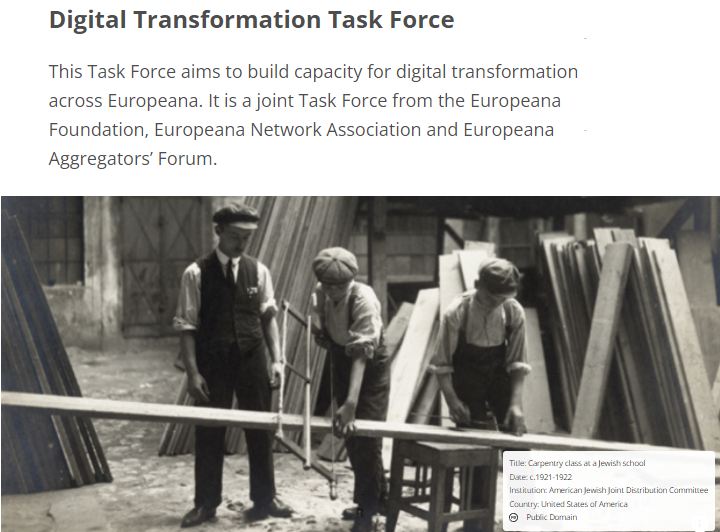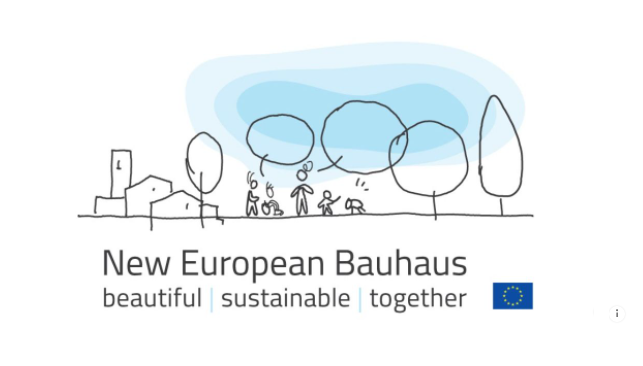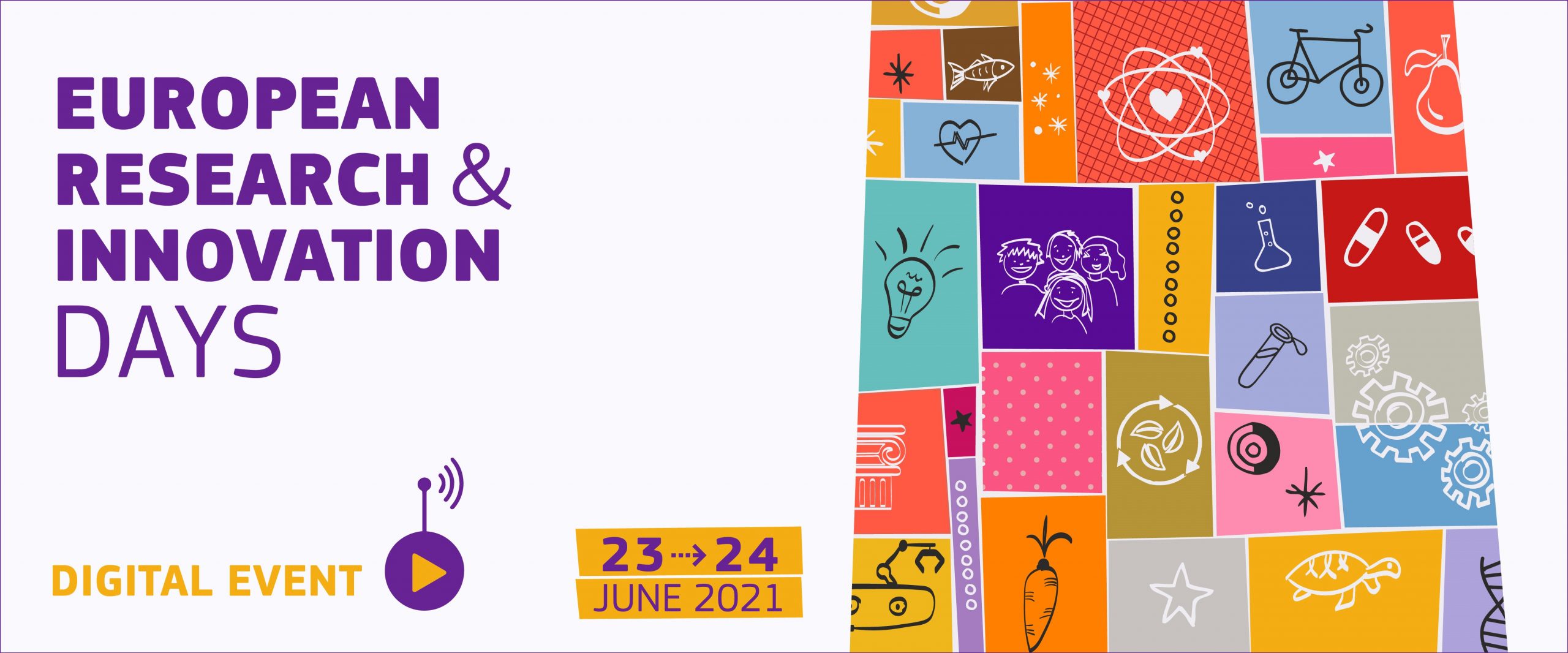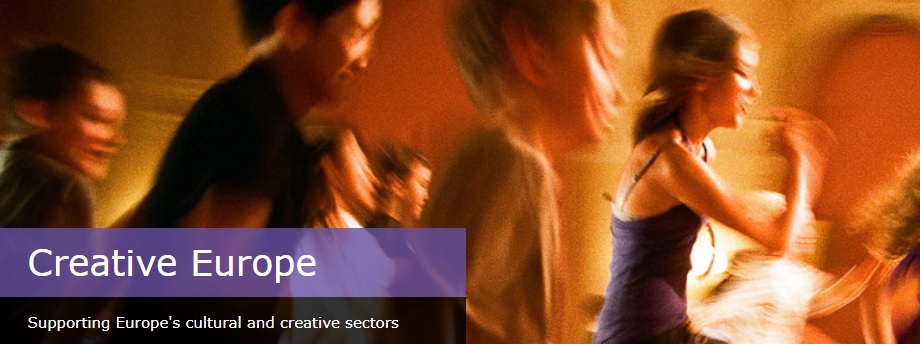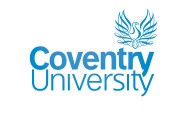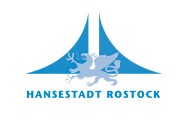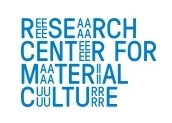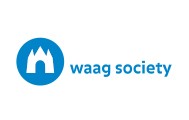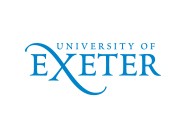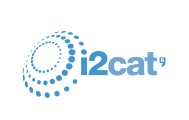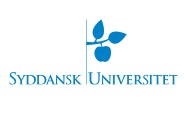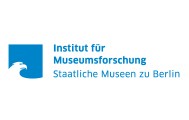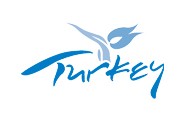
- Antonella Fresa co-creation co-creation interview series Coventry University cultural heritage digital technologies EC European Commission i2CAT identity IPR museums Neil Forbes performance-based CH performing arts policy briefs Project Taxonomy recalibrating relationships RICHES RICHES International Conference social and economic development social cohesion SSH user engagement Waag Society
Topic: riches news

Working paper by Karol J. Borowiecki and Trilce Navarrete. One of the available tools in cultural policy at the national level includes the reduction of VAT rates for cultural goods and services. An improved understanding of the reduced cultural taxes will allow to effectively employ this policy in order to support consumption of, among others, the fast growing digital heritage markets, such as the e-books market. A reduction in VAT rates can stimulate household consumption and consequently should be designed in conjunction with a national cultural policy. Continue reading
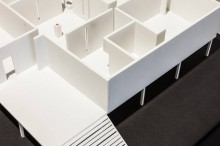
This new cooperation will allow exploring synergies between both projects, especially on the case studies addressing the role of museums. The RICHES workshop “The context of change and the move from analogue to digital” has been the first opportunity to share experiences. Continue reading
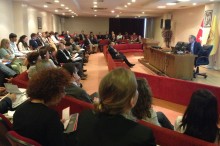
In order to understand this context of change, the RICHES project organised a workshop at the Turkish National Library (Ankara, Turkey). Two intense days of discussion allowed the participants to discuss key questions about how these transformations are evolving, and identify the main opportunities and trends for the upcoming years. Continue reading
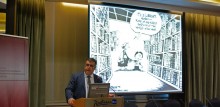
The fourth NALIS Forum (Sofia, 12 May 2015) concluded successfully, attended by many international experts from leading libraries and library networks, museums, universities and cultural organisations. Among the special guests, delegates of the Ministry of Education and the Ministry of Culture. Antonella Fresa of Promoter SRL took part in the conference as invited speaker. Lecturers (from Europe and USA) shared their experience in local and global collaboration (not only within the library community, but also within the IT community) in the framework of projects involving the digitisation of cultural heritage, creative re-use of digitised cultural contents and citizen participation. Continue reading

By Janine Prins, researcher in residence at Waag Society. Some say that ‘design anthropology’ is on its way to becoming a separate subdiscipline. As a visual anthropologist I’m intrigued whether we can add creative tools to our existing audiovisual elicitation and communication techniques. How can design methodologies be applied to social situations? Continue reading
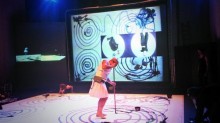
The impact of the distributed performance, as new forms of Cultural Heritage expression, is studied in the framework of the RICHES project. “ULTRAORBISM” opens new doors for experimental and creative formats using advanced visual environments in the field of telematics and distributed events. The potential utilities of the results are very rich from a technical point of view and also from an artistic perspective, and the excellent results of this experience present a very optimistic future in the development of co-creation environments in Europe and the use of ICT in the fields of culture and the arts. Continue reading

The report “Getting cultural heritage to work for Europe”, by the Expert Group on Cultural Heritage established under the Horizon 2020 Work Programme 2014, provides the rationale for setting a renewed European Research & Innovation policy agenda on cultural heritage. It outlines the general framework about cultural heritage in Europe and the contribution it can make towards smarter, more inclusive and more sustainable development. The report further describes recommendable actions, drawing upon successful cases where cultural heritage has been a positive driver for sustainable development. Continue reading
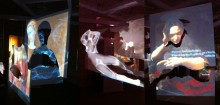
Ballade of Women is an interactive installation that explores perspectives on women’s rights. Through the lens of the personal experience of three women, the exhibition offers an interactive narration on three fundamental themes: emancipation, self-determination and violence. In the installation, representations of three paintings are fragmented and float in the space; set on rotating spindles, these fragments resist attempts by the viewer to capture them as a whole. Thus, the screens only provide a complete view of the paintings at selected times and from specific view-points in the room… Continue reading
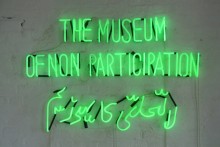
The Museum of Non Participation embeds its institutional critique in its very title, yet it releases itself from being an actual museum. Instead it travels as a place, a slogan, a banner, a performance, a newspaper, a film, an intervention, an occupation: situations that enable this museum to “act.” Continue reading

The CSA (Audiovisual Experimental Center) is a workshop for cine-audiovisual shooting, which was established during the academic year 2013-14, as part of the “Prosmart” master’s degree (in Prato), promoted by University of Florence in partnership with PIN (the University Center … Continue reading



